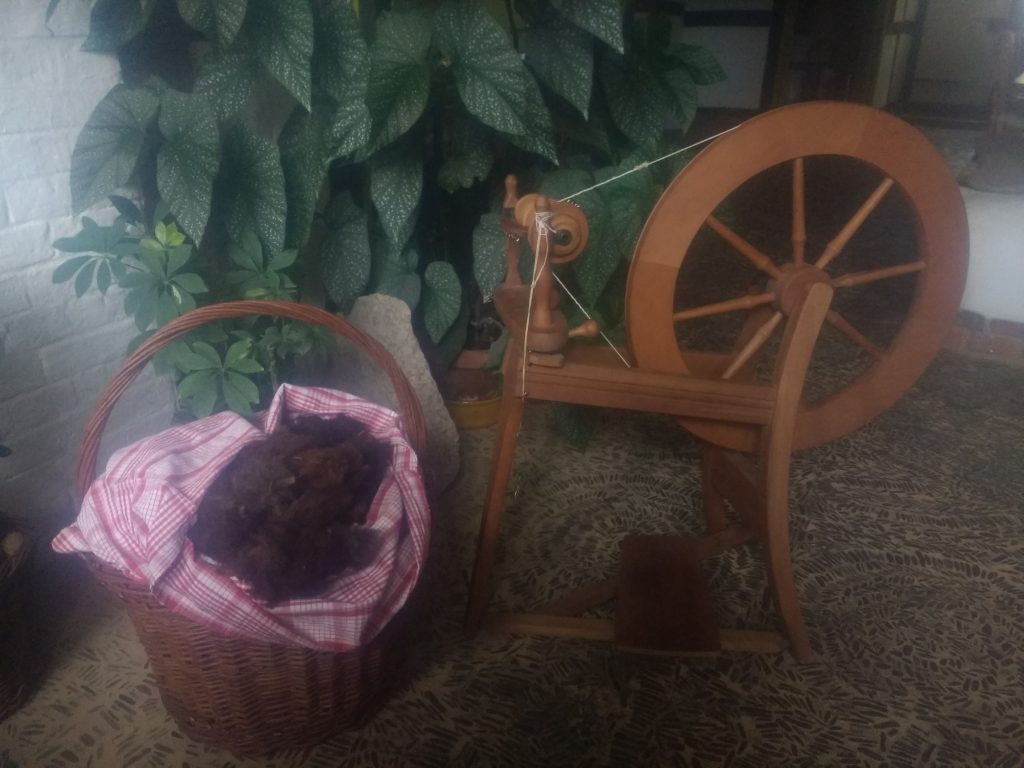
Right now there is a serious problem with the way human beings are producing their clothes. Little children and women are forced to work in inhumane conditions for starvation wages to provide an unending supply of ‘fast fashion’ to a materially wealth minority. Clothes are no longer produced to last, but rather to wear out that more can be produced and sold. On top of this, most clothes are made using cheap and environmentally destructive synthetic materials and chemicals.But it hasn’t always like this. Throughout most of human history people have fashioned clothes to suit their needs with the materials that were at hand. We can do so again. But it requires a set of skills, one of which is spinning yarn.
Step 1: Shear a Sheep
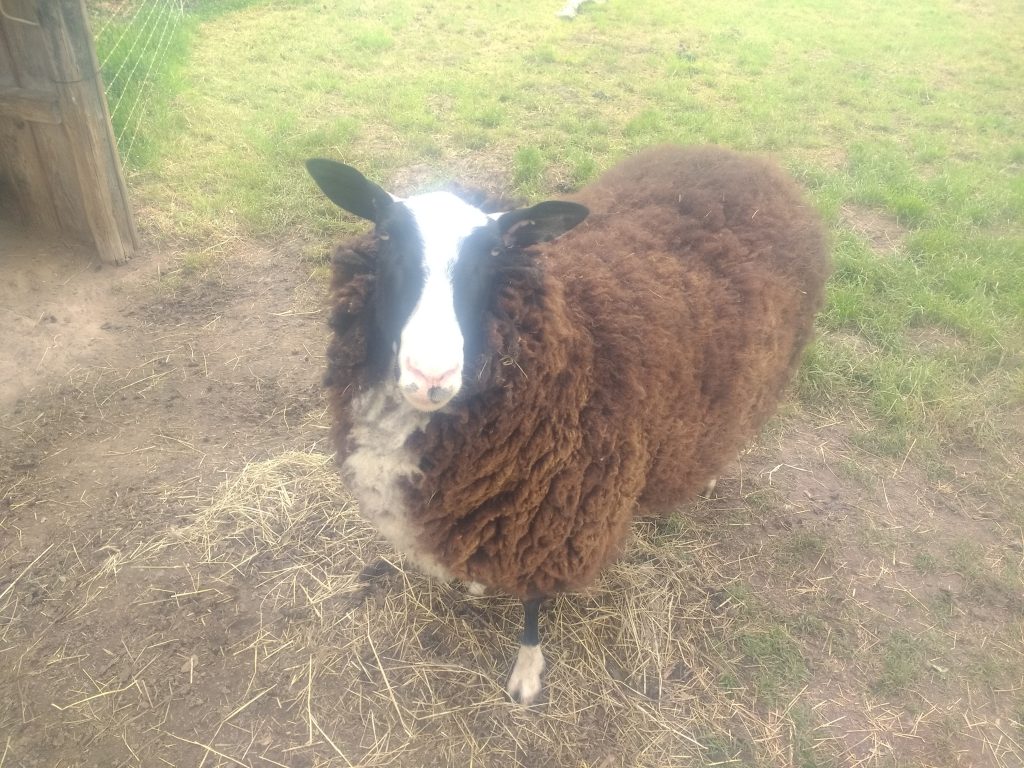
Step 2: Tie a string around a spool and attach it the a spinning wheel. Pull the spool out through the metal rod sticking out of the wheel.
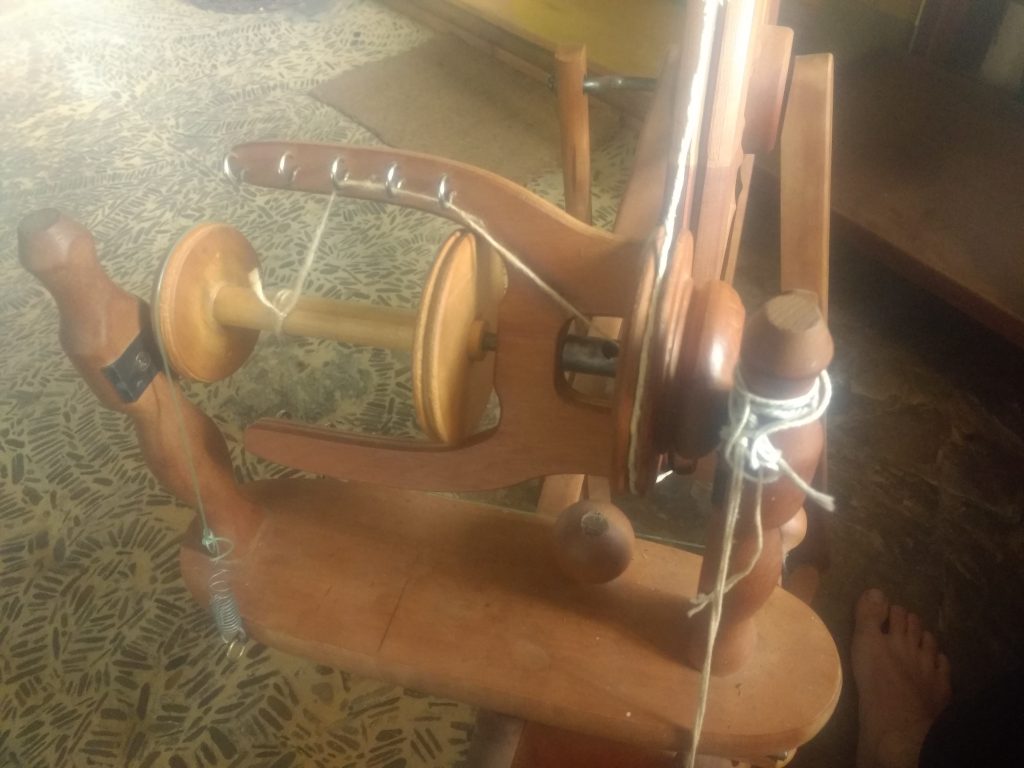
Step 3: Fray the end of the string a little bit. Take a clump of wool. Prepare the wool so that it is the right length and density. Twist one end of the wool around the string and begin to spin.
Alternatively, take a piece of wool you spun earlier, tie it to the string and twist your wool around that (easier than spinning it onto the string).
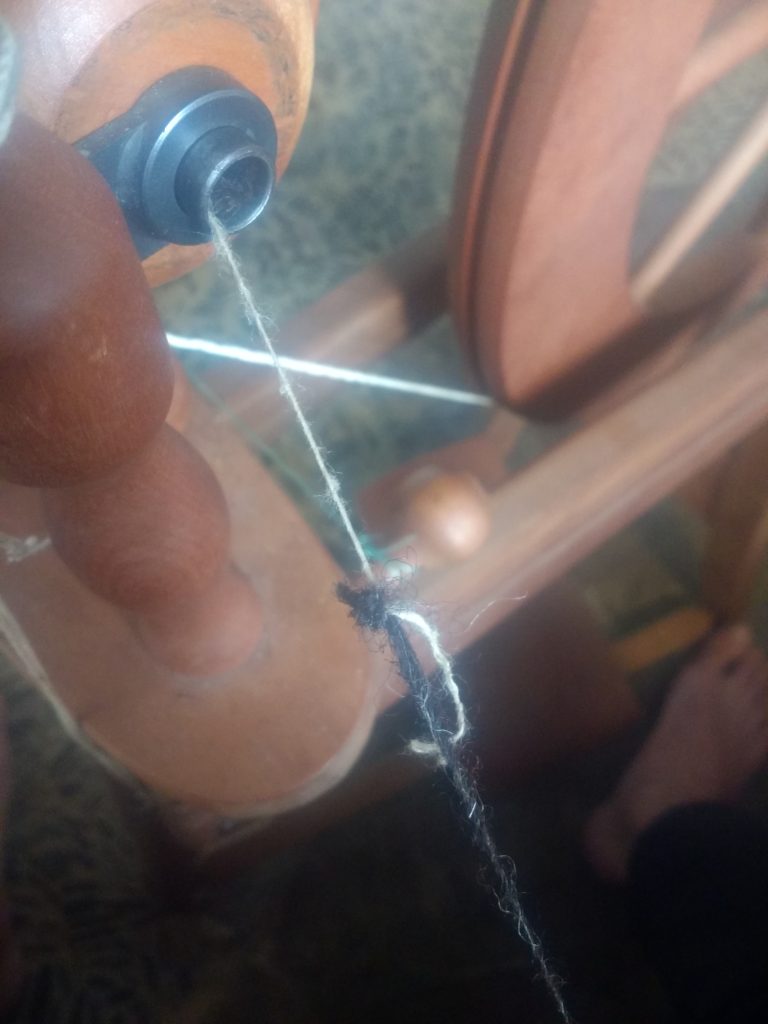
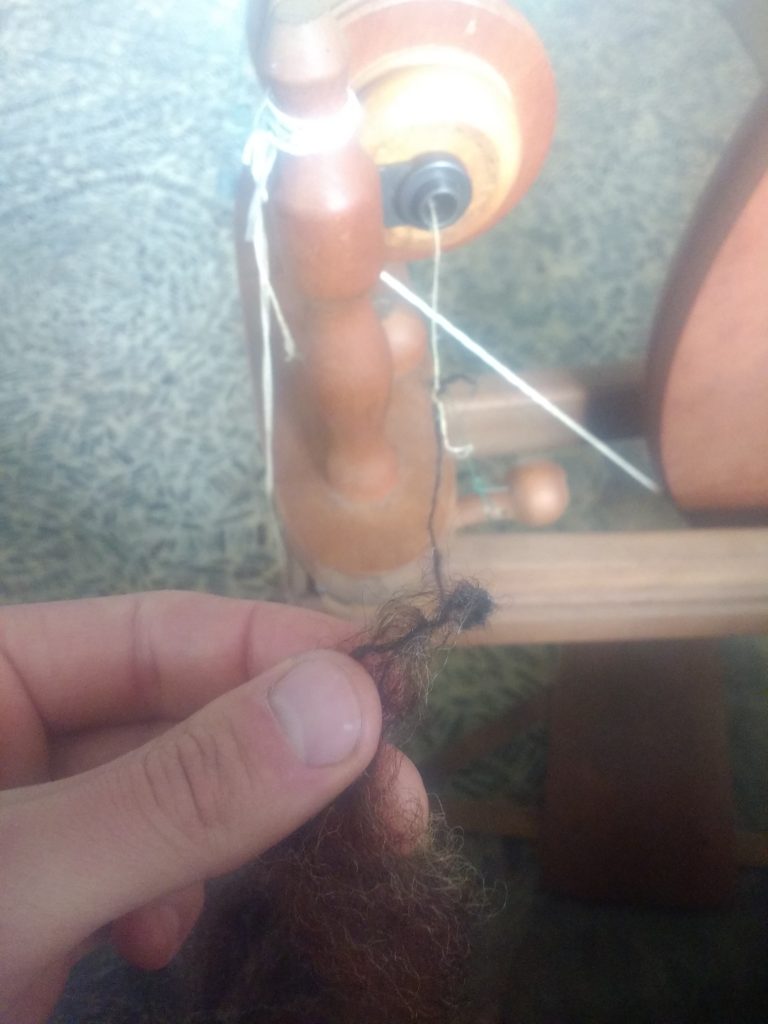
Step 4: Now the spinning begins. With one hand you control the movement of the wool. You want to make sure the wheel twists the wool into a thread before taking into the spool. With the other hand you prepare the rest of the wool, making sure it is the right density (it should neither be too fat or too thin). With your foot you step on the pedal to spin the wheel. It can be complicated to coordinate these different elements at first but one quickly get the hand of it.

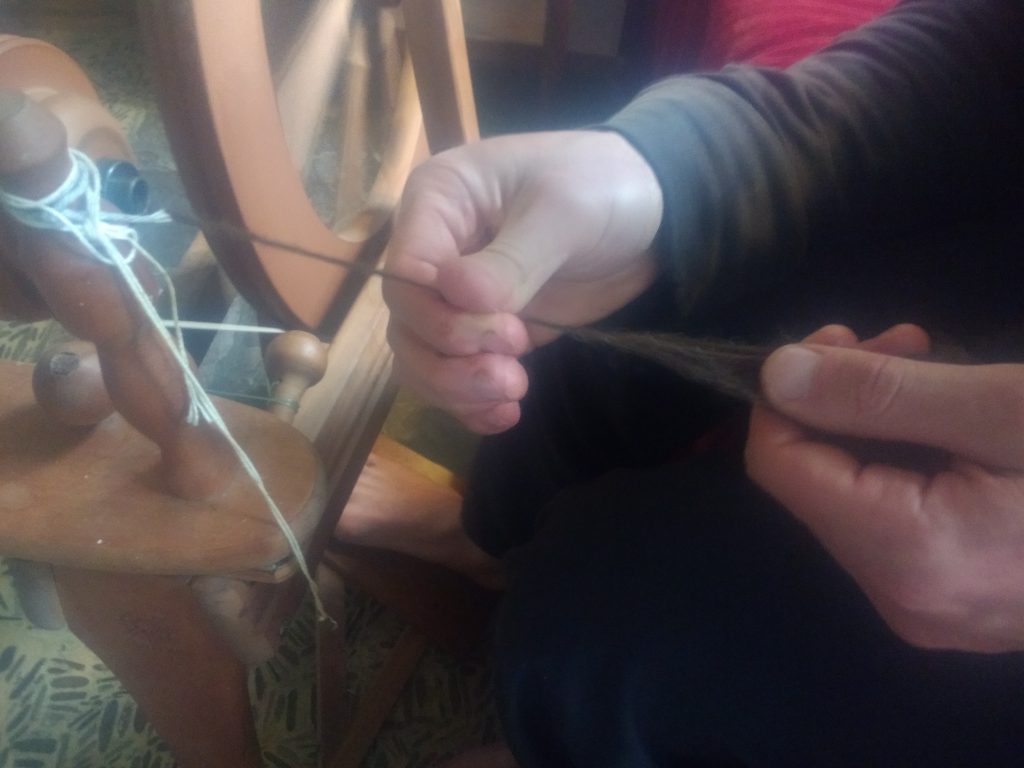
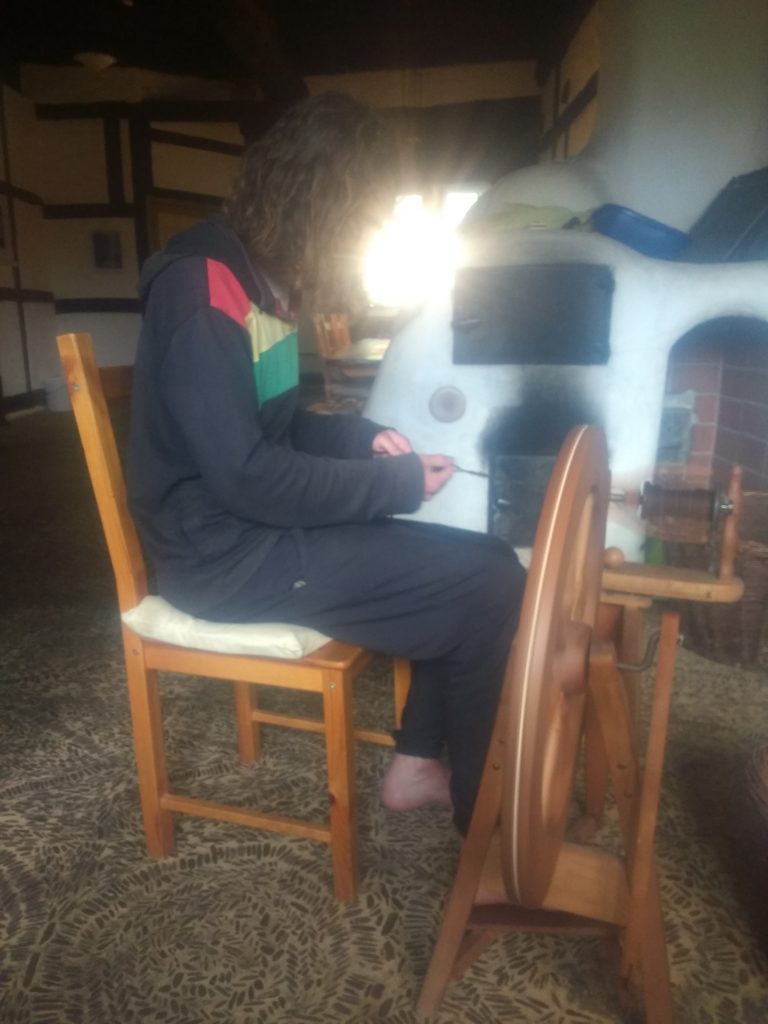
Step 5: To make the thread stronger you can twist twist two threads around each other. Take two finished spools and place them on a stand beside the wheel. Place a third spool with a string on it on the spinning wheel and connect the ends of both threads to this string. Then spin the wheel (the opposite way this time) allowing both threads to twist around each other and then feeding them on the spool. When this is finished tie the ends together.
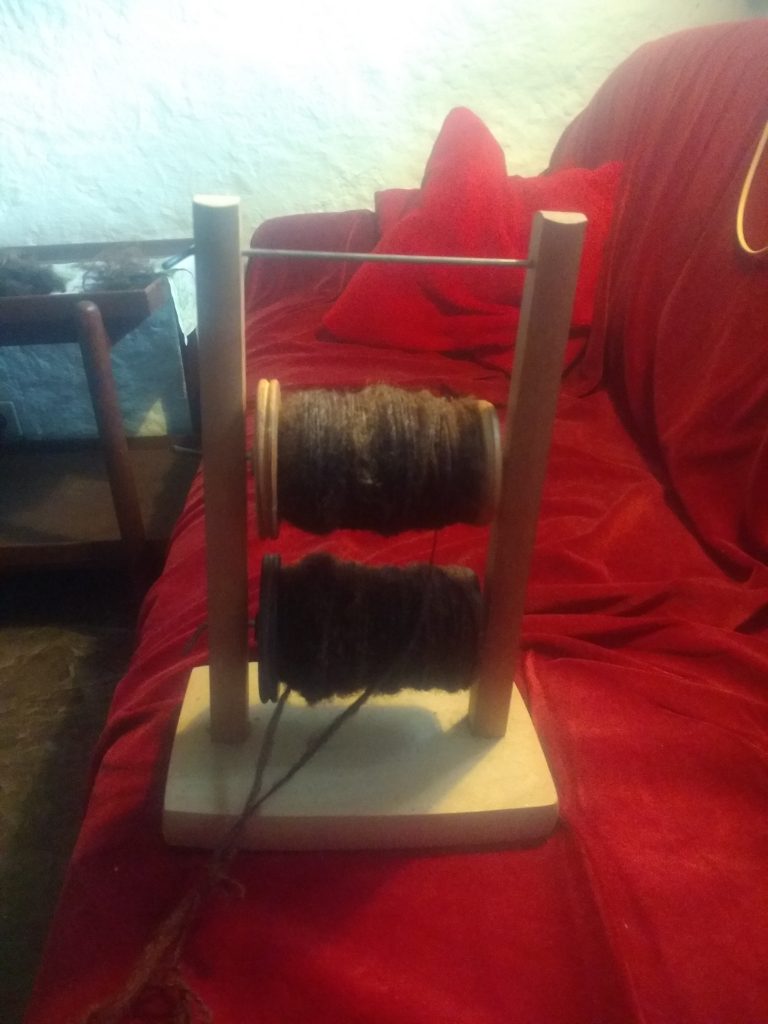
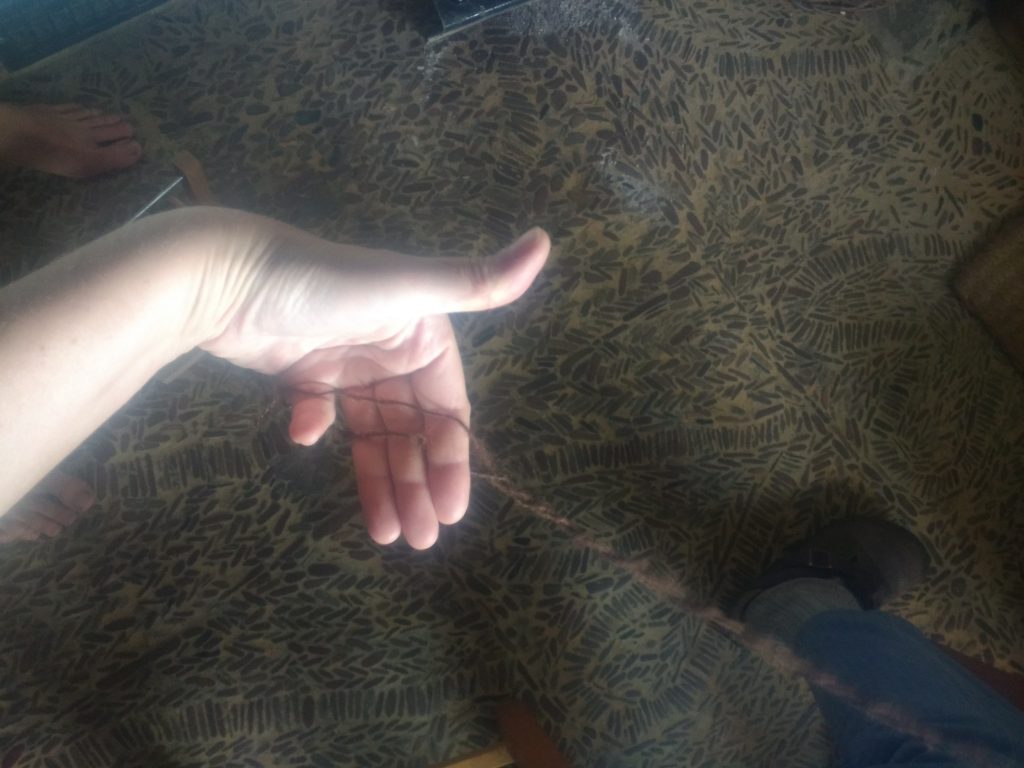
Step 6: When the wool is ready, use a chair to unravel the wool. If the wool hasn’t been washed by this point, rinse it to wash it out of any dirt and fat (make sure to keep the water at a constant temperature) and leave it to soak overnight. When it is dried out, ask a friend to borrow their hands for a minute and roll the wool into a ball.

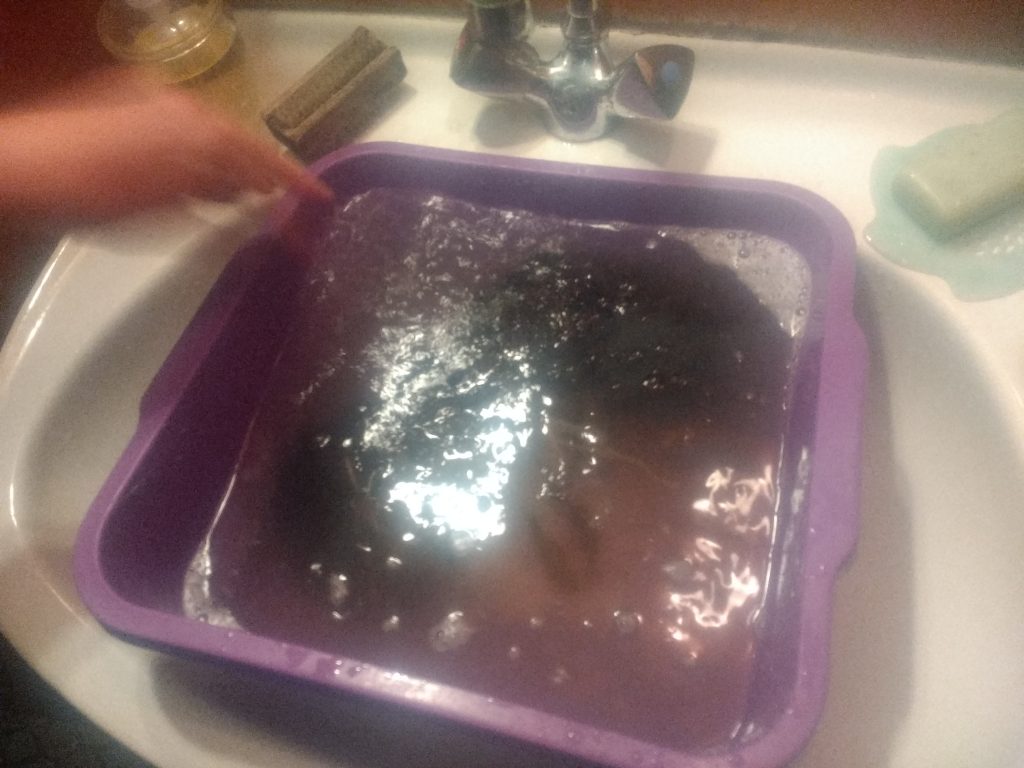
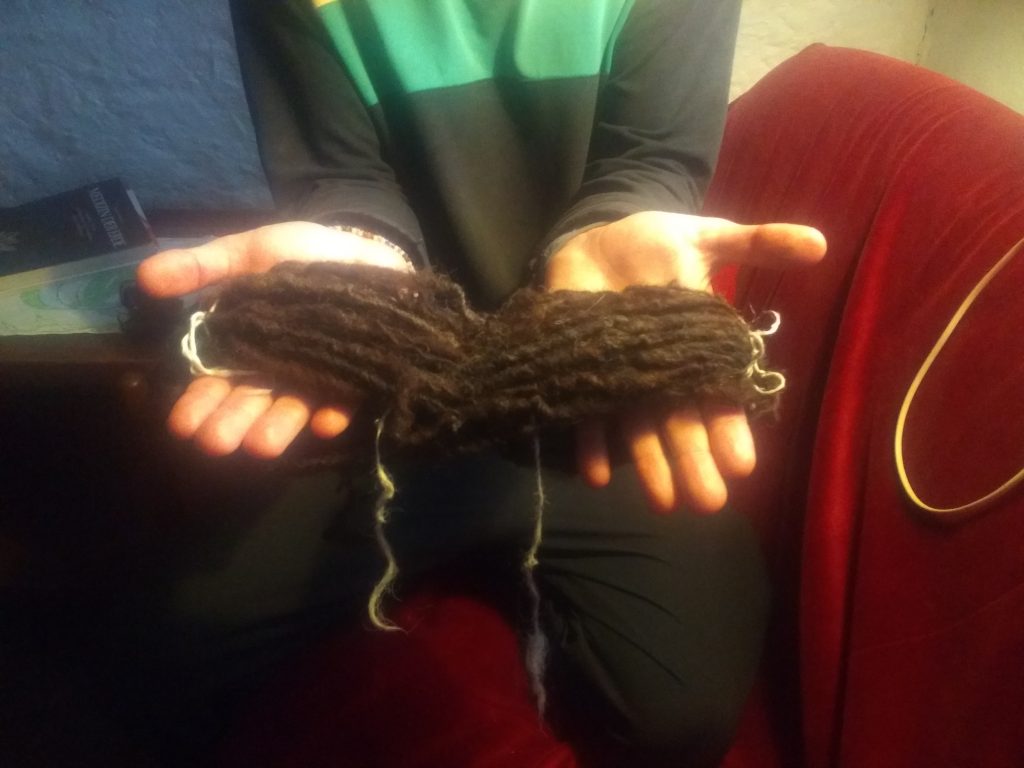
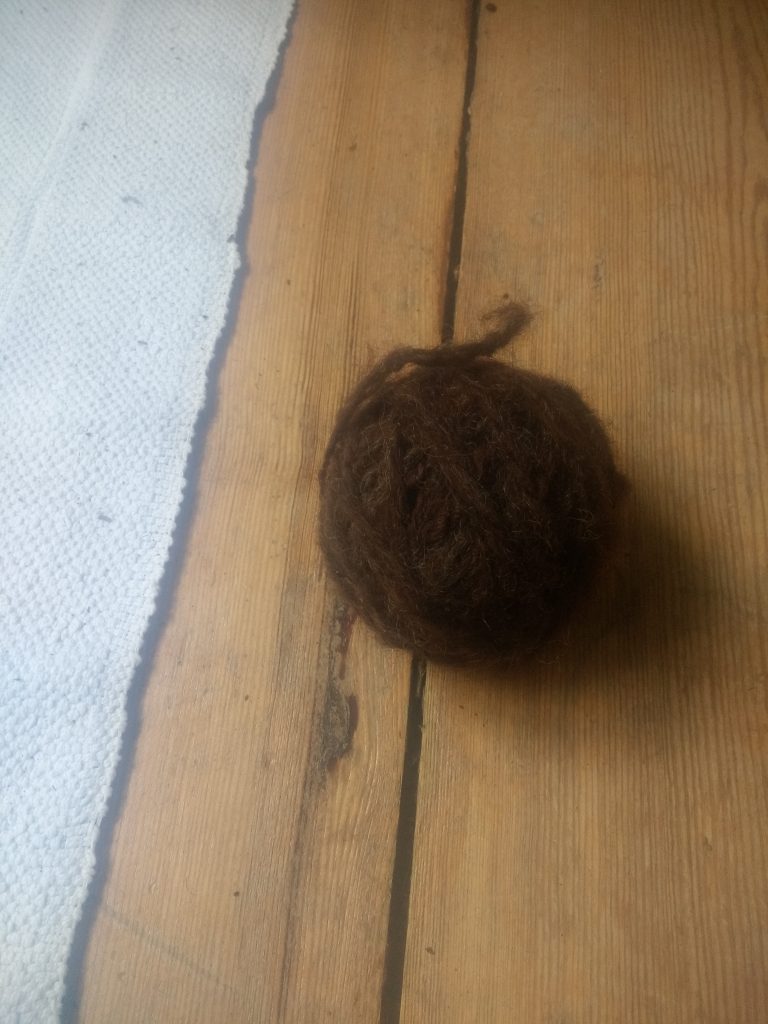
Thank you to Monika from Friedenhofs for teaching me this technique and Clara the sheep for her wool 🙂